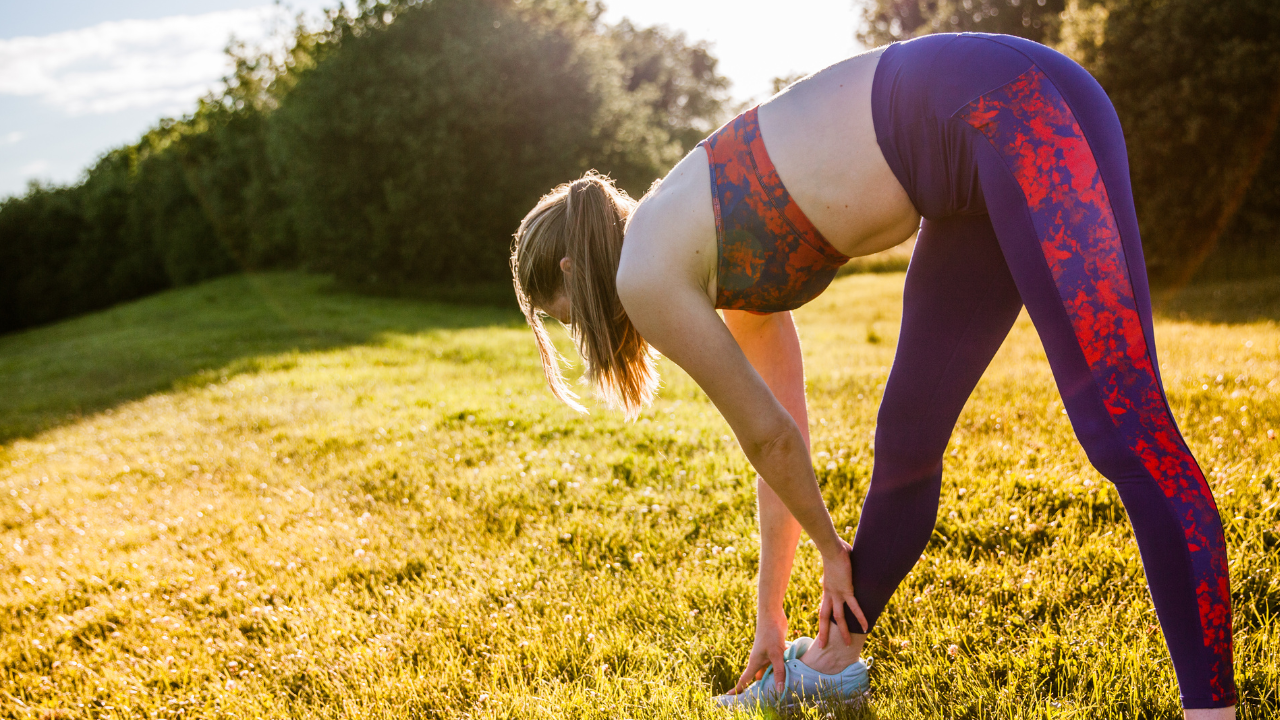What are the Collagen-rich foods?
Collagen is a body-produced fibrillar protein that gives elasticity and…

Stretching often takes a backseat in fitness routines, but it’s one of the simplest and most effective ways to support long-term health and mobility. Whether you’re recovering from a workout, preparing for physical activity, or simply looking to improve your flexibility, regular stretching can have transformative effects on both the body and mind.
Key Benefits of Stretching
Benefits:
Reduces tension caused by prolonged sitting or repetitive movements.
Prevents stiffness that can lead to joint discomfort and reduced mobility.
Enhances athletic performance by allowing muscles to stretch and contract more efficiently.
Pro Tip: Focus on dynamic stretches before a workout and static stretches afterward for the best results.
Benefits:
Prepares muscles for physical activity, reducing the likelihood of pulls and tears.
Strengthens connective tissues, reducing wear and tear on joints.
Promotes better posture, decreasing the risk of chronic pain and tension.
Pro Tip: Target muscle groups that you use frequently—such as hamstrings, calves, and shoulders—for injury prevention.
Benefits:
Speeds up recovery after exercise.
Reduces muscle soreness by flushing out toxins.
Enhances cellular repair, improving tissue health and elasticity.
Pro Tip: Incorporate stretches that involve deep breathing to increase oxygen delivery and maximize circulation benefits.
Benefits:
Reduces stress hormones like cortisol, helping you feel more at ease.
Releases muscle tension caused by stress, improving overall comfort.
Encourages mindfulness through focused breathing and gentle movements.
Pro Tip: Combine stretching with yoga poses or meditation to deepen relaxation and mental clarity.
Benefits:
Supports neuromuscular coordination, improving stability and agility.
Reduces the risk of falls and injuries, especially as you age.
Strengthens core muscles that are vital for balance and posture.
Pro Tip: Include balance-focused stretches, like standing quad stretches or yoga poses, to improve stability.
How to Incorporate Stretching into Your Routine
Morning Routine: Start your day with light stretches to awaken your muscles and boost circulation.
Before Exercise: Perform dynamic stretches, like leg swings or arm circles, to warm up the body and prevent injuries.
After Exercise: Use static stretches to lengthen muscles and reduce soreness.
Evening Wind-Down: End your day with gentle stretches to release tension and prepare for restful sleep.
Stretching Tips for Maximum Benefits
Hold Each Stretch: Aim to hold each stretch for 15–30 seconds to allow muscles to relax and lengthen.
Breathe Deeply: Focus on slow, controlled breaths to enhance relaxation and circulation.
Avoid Bouncing: Use steady, gentle movements to prevent muscle strain.
Target Tight Areas: Focus on hips, hamstrings, shoulders, and back, which often store the most tension.
Make Stretching a Daily Habit
Stretching is one of the easiest ways to improve flexibility, prevent injuries, and promote overall well-being. It’s not just for athletes—it’s for everyone looking to maintain mobility, reduce stress, and feel more energized.
Incorporating even 10–15 minutes of stretching into your daily routine can make a big difference over time. Treat it as self-care, and watch how your body responds with improved balance, better posture, and less tension.
Collagen is a body-produced fibrillar protein that gives elasticity and…
copyright © 2025 Anti-Inflammatory Approach. All rights reserved. Unauthorized reproduction, distribution, or use of any content, including text, images, recipes, or other materials on this website, is strictly prohibited without prior written permission. This website’s content is provided for informational purposes only and does not constitute medical or professional advice.


This $1 anti-inflammatory cookbook is packed with simple, tasty recipes to reduce inflammation and improve energy. Don’t miss out—get it now on Amazon!